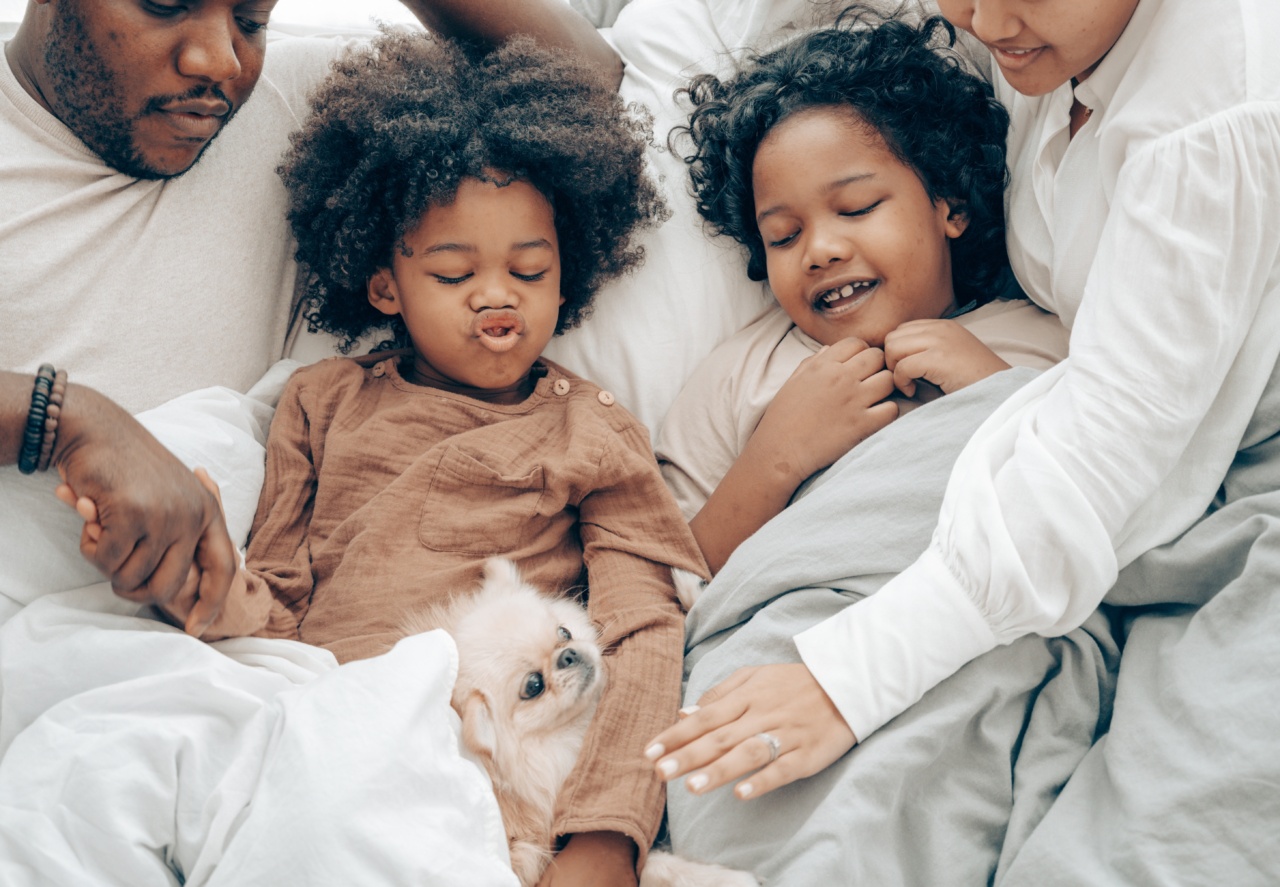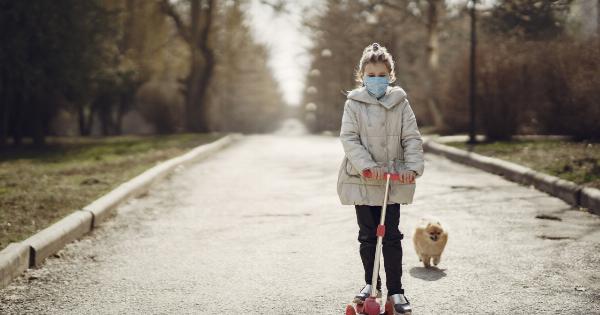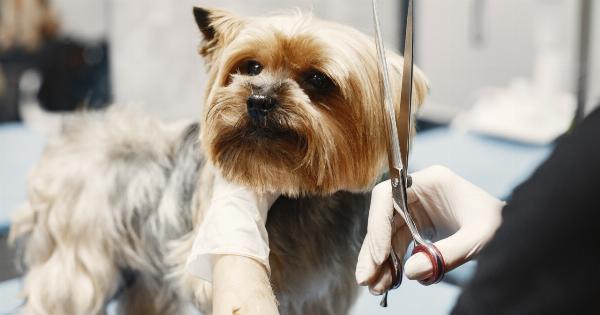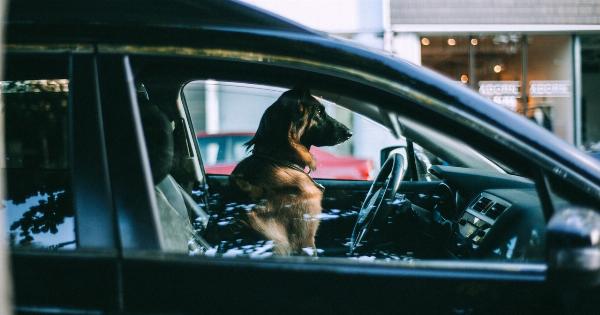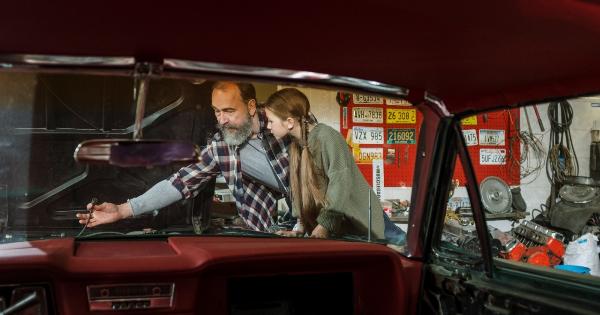If you have children and a dog, you want them to get along and form a bond. Not only is it important for the safety of your kids, but it can also improve their social skills and emotional development.
A strong bond between kids and dogs can teach them how to form relationships and can provide them with a best friend for years to come. In this article, we will discuss some tips and tricks on how to create a bond between your dog and kids.
Tip 1: Teach Your Kids to be Calm Around Your Dog
Dogs can sense when someone is nervous or agitated and may become anxious or reactive themselves. To prevent any negative interactions between your dog and kids, it is important to teach your children how to approach and handle dogs calmly.
Teach them to approach your dog slowly and avoid running or yelling around them. Remind them not to pull on the dog’s tail or ears and to be gentle when petting. By modeling calm behaviors yourself and instructing your kids on how to interact with your dog, you can help create a positive and safe environment for both.
Tip 2: Encourage Playtime and Exercise
Dogs love to play and children love to explore and run around. Encouraging playtime and exercise together not only strengthens the bond between your dog and kids but also keeps them both healthy and active.
This can include throwing a ball or Frisbee for your dog to fetch while your kids run alongside, or simply taking daily walks together. Make sure to establish boundaries and safe play guidelines to ensure the safety of your kids and the well-being of your dog.
Tip 3: Involve Kids in Dog Care and Training
Involving your kids in your dog’s care and training can help create a sense of responsibility and ownership.
Tasks such as feeding and grooming your dog can become a shared responsibility and provide opportunities for your kids to bond with your dog. Teaching your dog new tricks or reinforcing good behavior with your kids can also create a sense of accomplishment and fun. By involving your kids in your dog’s life, it can help create a strong bond and a sense of teamwork.
Tip 4: Ensure Consistent Rules and Boundaries
Establishing consistent rules and boundaries for your dog and kids can help prevent any misunderstandings or negative interactions.
This can include setting up designated areas for your dog, such as a crate or bed, and teaching your kids to respect your dog’s space and personal boundaries. It is also important to have consistent rules for behaviors like jumping or barking and enforcing them in a positive, consistent manner.
By establishing these boundaries, it can help create a safe and positive environment for both your kids and your dog.
Tip 5: Create Positive Associations
Creating positive associations between your dog and kids can help them view each other in a positive light.
This can include rewarding your dog with treats and praise when they interact positively with your kids or letting your kids help with training sessions. You can also create positive associations by allowing your dog to be present during family activities, such as watching TV or playing board games, so they can feel like a part of the family.
By creating positive associations, it can help your dog and kids develop a close and loving relationship.
Tip 6: Supervise Interactions
Even with the best intentions and training, accidents can happen. Always supervise interactions between your dog and kids to ensure their safety and well-being.
This includes never leaving them alone together and intervening if you notice any signs of discomfort or negative behavior. By supervising interactions, you can prevent any negative experiences and foster a safe and positive environment for both your dog and kids.
Tip 7: Respect Your Dog’s Personality and Needs
Just like people, every dog has their own personality and individual needs. Some dogs may be more outgoing and love to play, while others may be more reserved and prefer to relax.
It is important to respect your dog’s personality and needs and not force them to interact with your kids if they are uncomfortable or stressed. This can include giving your dog space when they need it and recognizing signs of stress, such as panting or growling. By respecting your dog’s personality and needs, you can create a happy and healthy bond between your dog and kids.
Conclusion
Creating a bond between your dog and kids takes time and effort but is well worth it in the end.
By teaching your kids to be calm and respectful around your dog, encouraging playtime and exercise, involving them in your dog’s care and training, establishing consistent rules and boundaries, creating positive associations, supervising interactions, and respecting your dog’s personality and needs, you can help create a strong and loving bond between your dog and kids that will last a lifetime.
